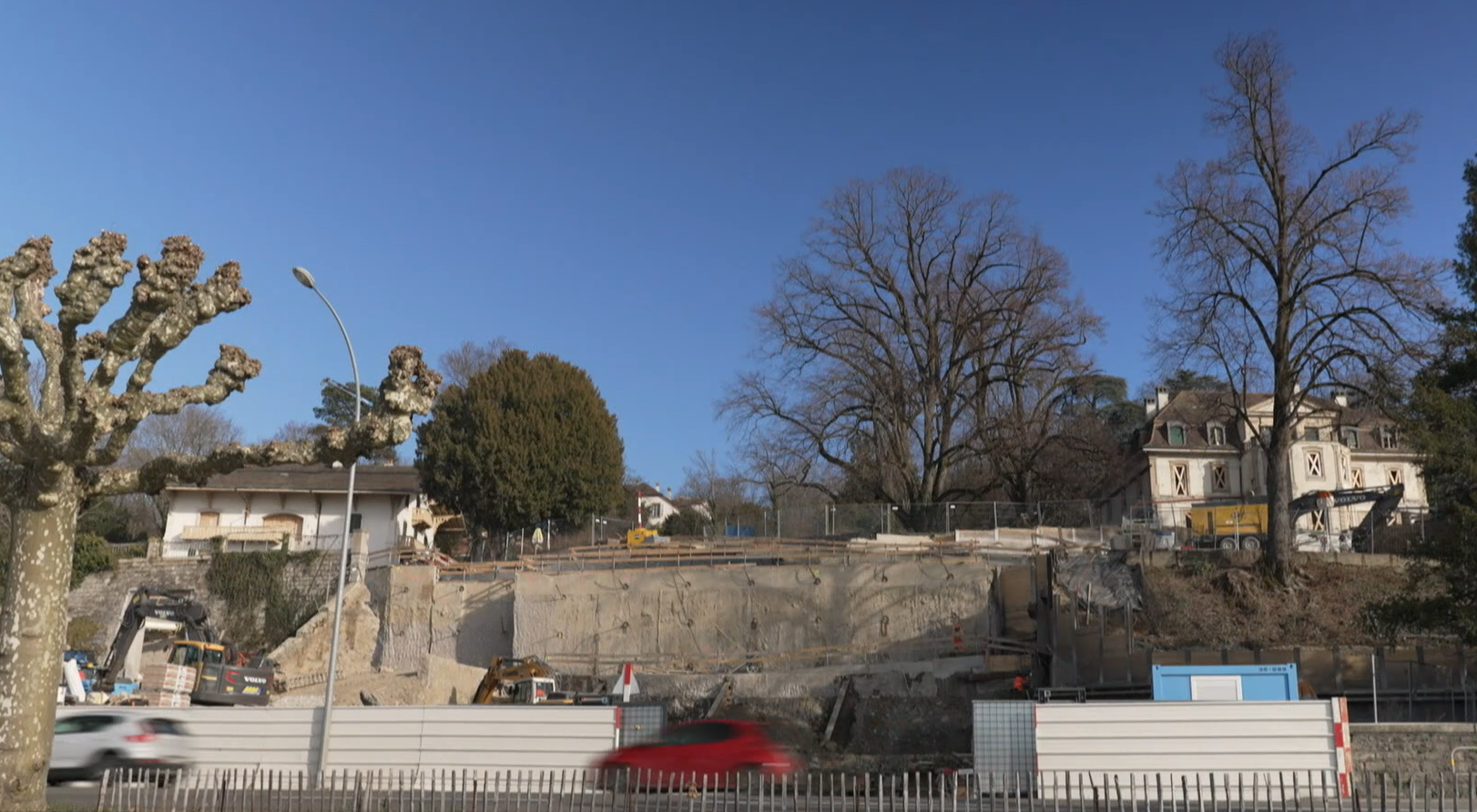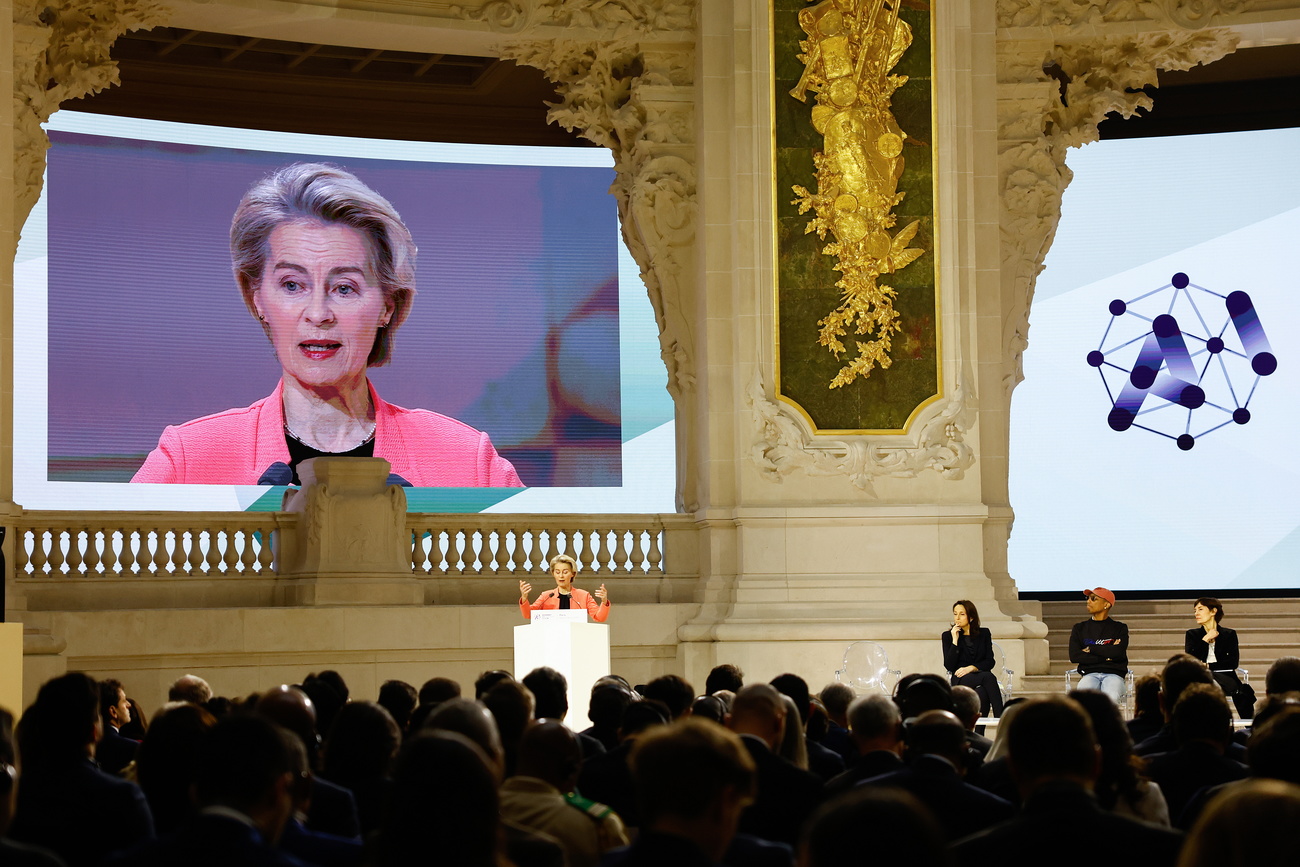Swiss pavilion at Expo 2000 offers respite from assault on senses

Switzerland has taken a novel approach to its pavilion at Germany's Expo 2000, which opened in Hanover on Thursday. Many countries are trying to dazzle visitors with high-tech presentations, but the Swiss have opted for a more hospitable approach.
The organisers of the Swiss pavilion say its unusual wood structure and cultural installations are intended to be a refuge – an oasis for the senses – for visitors “exhausted” by information overkill and the “glare of high-performance multimedia presentations”.
The pavilion is called the “Swiss Sound Box” and in it “the eye, the ear, the nose and taste buds will be indulged”, says the vice-chairman of the Coordination Commission of the Swiss Presence Abroad, Rudolf Bärfuss.
“In Hanover, many pavilions will exhibit the latest technological developments. They will seek to outdo each other with sophisticated audio-visual presentations. We want to do something different. We will offer hospitality, relaxation, surprise, encounters and dialogue,” Bärfuss said.
One of the first surprises is the Swiss Sound Box itself. With 15 entrances, it is a literal interpretation of the concept “open-door policy”, because none of the entrances has a door.
The walls of the pavilion are made of identical wood beams, stacked as they would be in a lumberyard. Nearly 3,000 cubic metres of freshly-cut Swiss larch and pine were needed to create the pavilion.
Mooring rods and steel springs keep the structure firm. Not a single nail, screw, bolt or drop of glue has been used in the construction. All the beams are undamaged, ready to be dismantled after the exhibition and re-used as building timber.
The architect Peter Zumthor describes the pavilion as a place, which encourages the visitor “to roam, to let go, to discover and to enjoy”.
“It’s a labyrinthine structure… open on all sides, where wind, rain and sun may penetrate at specific points,” he said.
But the architecture is only one aspect of this integrated concept. It also includes music, words and food and drink.
Hans Ott, the curator of the sound installation, says music turns the Swiss Sound Box into a resonating sculpture and, in keeping with the open-door concept of the architecture, the music tries to open out to other cultures.
It does this through the use of two main instruments, the accordion and the “Hackbrett”, or dulcimer, from the eastern Swiss region of Appenzell.
“Both instruments have played a key role in the folk music of Switzerland, but at the same time they convey a certain universality because they are also known in India, Hungary, Brittany, Ireland, Italy, France and the Balkan countries. These instruments stand for an open-minded Switzerland,” Ott said.
“This is something very important, especially for Switzerland. It is very important to open our doors.”
Another feature of the Swiss presence is the literary installation, whose curator is Plinio Bachmann.
He says that much has written about various aspects of Switzerland over the centuries, both by Swiss and foreigners. Bachmann has taken these descriptions, statements and observations – about 180 in all – and formed them into a collage of light writing projected onto the wooden walls.
The selection ranges from Julius Caesar to Mark Twain, from Asterix to James Bond.
“We use light to enlighten the visitor,” says Bachmann. “If there is such a thing as a basic message it might be something like: there are a lot things in Switzerland. There’s a huge variety of mentalities, cultures and languages and it doesn’t all fit together and that might be one of its interesting points.”
by Paul Sufrin

In compliance with the JTI standards
More: SWI swissinfo.ch certified by the Journalism Trust Initiative








You can find an overview of ongoing debates with our journalists here . Please join us!
If you want to start a conversation about a topic raised in this article or want to report factual errors, email us at english@swissinfo.ch.